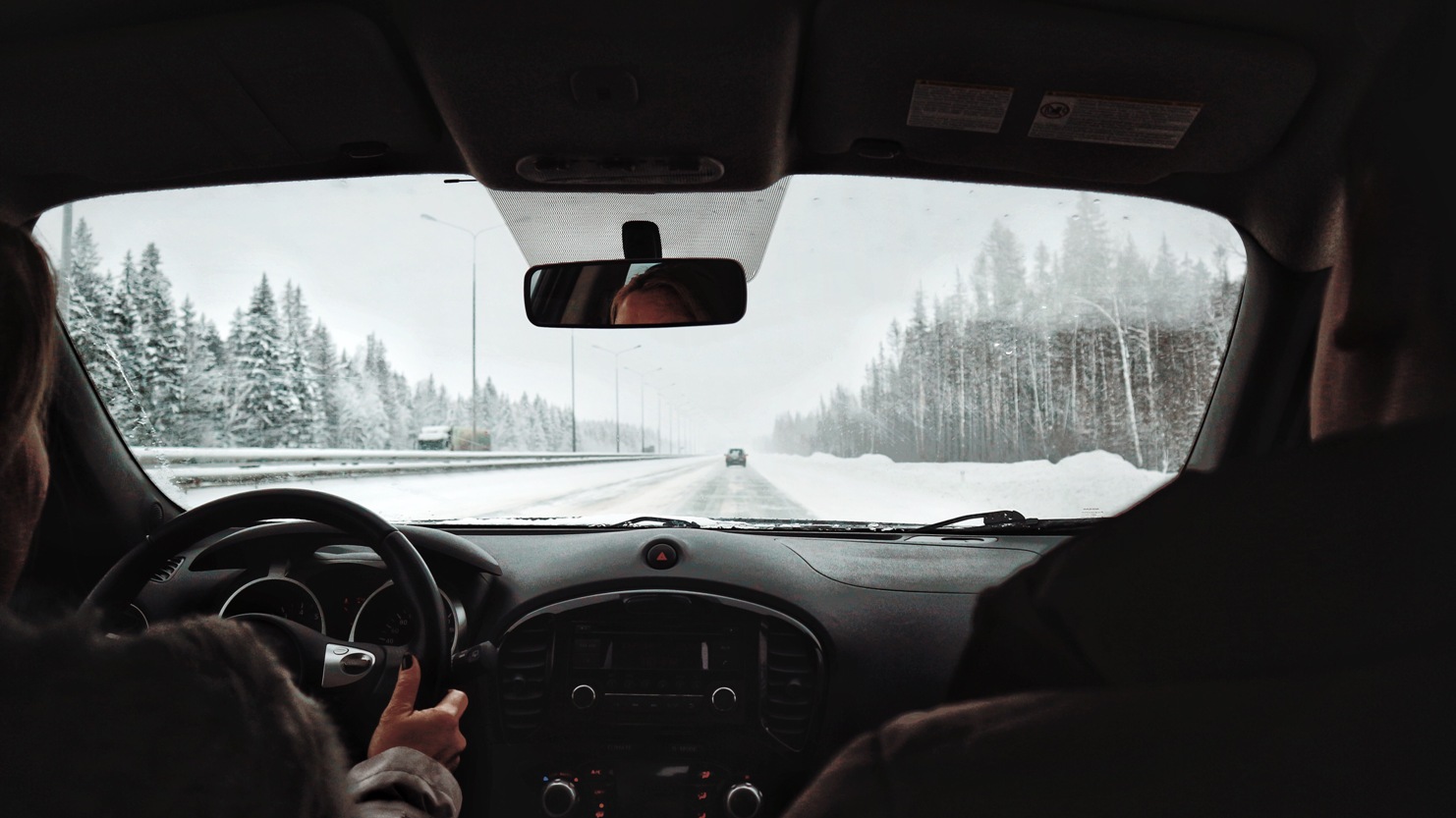Portions of Montana saw several inches of snow, resulting in more than 440 collisions on the state’s roadways in two days following a snowfall in November. According to the Montana Highway Control, four of those 440 crashes were fatal—two in Yellowstone County and two in Flathead County. Several counties in Montana throughout the western and central portions of the state issued winter storm warnings, and weather watches as particularly icy conditions moved into those areas.
On December 14th, the Gallatin County’s Sheriff’s Office reduced traffic on I-90 to one lane going both directions between Bozeman and Belgrade. There were dozens of crashes reported that caused the decision to reduce traffic flow..
In Billings, the BPD enacted its “slick streets” policy, meaning that the police responded to only accidents with injuries, collisions blocking traffic, and DUIs.
Police and the Montana Highway Patrol continue to advise all Montana drivers to check tires before driving in winter conditions and travel with a fully stocked winter emergency kit. Police also urge every driver who leaves their home to let someone else know where they are going and when they should arrive. In the event of an accident, this can help first responders locate a specific person and their vehicle.
According to Moneygeek, Montana ranked fourth in winter driving fatalities yearly. The state also ranked fifth in the number of winter-related collisions and overall winter safety on the roadways. Across the United States, about 445 drivers die yearly on snowy and icy vehicles.
Take Caution When Driving in Montana This Winter
If you can avoid being out on the roadways during bad winter weather, it’s always good to do so. If you must be on the roads when the weather is bad, consider the following:
- Get Your Vehicle Serviced Regularly. Ensure your car will not break down while in freezing weather. Have your vehicle serviced, ensuring you have the brakes, tires, heater, and lights checked to ensure they are working correctly. Your car’s battery should also be checked, and your mechanic should look for worn hoses while performing regular maintenance issues. Your battery should have plenty of voltage, amperage, and reverse capacity to ensure it starts in the cold. If your battery is over three years old, you might consider replacing it, especially when the temperatures drop to below zero and you car struggles to start.
- Review Your Insurance Policy. Take a look at your auto insurance to ensure you’re protected in a weather-related accident. No matter how safely you drive, some winter accidents are simply unavoidable.
- Ensure Windshield is Ready to Handle Winter Conditions. Make sure your windshield wipers are replaced and the top of your washer fluid when needed.
- Keep Gas Tank Full. Always keep your gas tank three-quarters full or above. Being stranded in freezing weather can be dangerous, plus your gas mileage is about 12 percent lower at 20 degrees than when the temperature is warm at 77 degrees.
- Stock Your Emergency Kit. Your emergency winter kit should include the following:
- Spare tire
- Chains
- Snow shovel
- Jumper cables
- Sand or kitty litter
- Flashlights
- Blanket
- Water
- A cell phone charges
- Necessary medications
- Food and snacks
Always give yourself extra time to get where you’re going, and ensure that your children are safely buckled into an age-appropriate car seat.
According to carinsurance.com, more than 2 million weather-related accidents occur yearly, with winter weather causing three traffic deaths per every 1,000 accidents. Icy roads are by far the most dangerous winter weather driving condition. While some states, like Montana, obviously have more severe winter weather, therefore, more winter accidents, only six states in the U.S. had zero fatal crashes caused by snow or sleet.
At least 70 percent of United States roadways receive at least five inches of snow annually. The U.S. government spends $2.3 billion yearly on winter road maintenance, yet as many as 55,000 people are still injured in snow or sleet-related winter accidents. Heavy snow is one of the most dangerous winter weather conditions, as it can result in limited visibility.
The recent snow in Montana, which resulted in 440 crashes, is just the beginning of the 2022-2023 winter weather season, meaning there will likely be many more accidents before this winter ends. If you are a Montana resident, you are likely accustomed to driving in winter weather, but taking a few extra precautions never hurts.
Contact Our Helena Car Accident Lawyers
If your or someone you love got hurt in a car accident in Montana, we can help. Let Doubek, Pyfer & Storrar fight aggressively to get the money you need after a serious accident. We work with medical teams to ensure all your medical expenses are taken care of – now and in the future.
To learn more about your legal options, you can fill out a contact form on our website, and we can contact you, or you can call us now at 406-442-7830 and get your immediate questions answered.

John Doubek and the lawyers at Doubek, Pyfer & Storrar, PLLP have legal experience in auto crashes, defective products, medical negligence, work accidents, wrongful death, insurance bad faith, business disputes, and Securities and Exchange matters.

